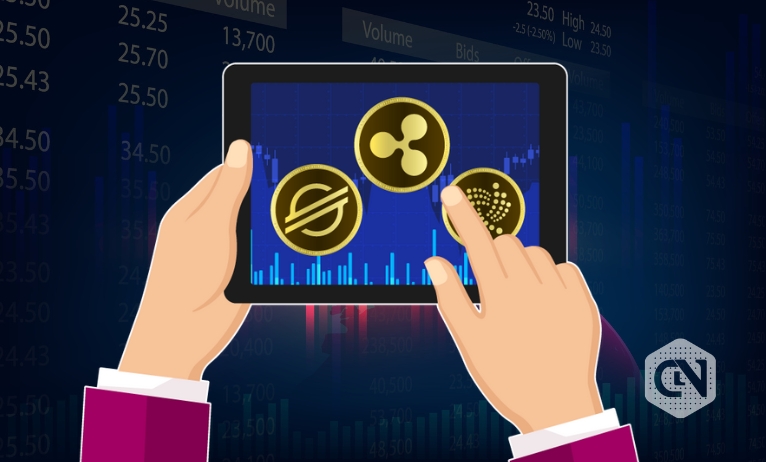XRP, Stellar, and IOTA to reign cross-border payments

The US Federal Reserve has some time before it makes a move to the upcoming ISO 2022 Regulation. However, notable players like Ripple, Stellar, and IOTA are already on a path to tap that market and dominate in the region worth approximately trillion dollars.
The low-value cross-border payments are crucial for two important reasons: global financial inclusion and commercial aspects. People often find it difficult to execute low-value cross-border transactions because they take time, are difficult to trace, and transaction costs are opaque.
Needless to say, this leads to financial inequality and difficulty in conducting business. The world is moving fast, and financial transactions have to keep pace with time. A slight delay is a huge loss to commercials that have big numbers in their books. For people, a delay in the receipt of a transaction can mean that their urgency will be answered but with a longer wait time.
One of the solutions to the problem is for all the players to come together and prioritize financial inclusiveness. The term has been, for a long time, associated with only a local region. Now that trade and personal finances are breaking regional barriers, the concept has gone global too.
Reportedly, a significant percentage of the population is still outside the traditional banking network. This takes away their right to claim financial independence, which only gets worse when support does not reach them.
Global collaboration can be headed toward introducing reliability and efficiency along with a higher speed for low-value cross-border transitions. It includes pre-agreed transaction costs that have been conveyed to all the parties involved in the transactions.
That’s when Ripple, IOTA, and Stellar come into the picture, for they already have the lead in the segment. Ripple, for example, has the ability to leverage its membership with ISO 20022 to make the best use of RippleNet.
RippleNet comes loaded with the potential to make the best of a global financial network by connecting to one standardized API. This majorly relates to counterparty connections.
If reports are to be believed, then not just the US Fed Reserve but other players like ALGO, XDC, and MIOTA are also planning to move in that direction. Their timing remains to be seen, for Ripple, IOTA, and Stellar are estimated to capture most of the market by the time they make it to the entrance.
The community has welcomed the step, hailing it to have all the required functionalities that are enough to improve trade across the globe and expand financial inclusion to places where the traditional banking system is struggling to reach. Stellar could be in a tighter spot, though. Ripple has the benefit of already possessing cutting-edge technology – RippleNet.
Nonetheless, it is way ahead of others on the list. This includes a positive XLM price prediction which estimates the price to touch the mark of $0.194 if all the factors play well together. The lowest value that XLM is predicted to touch by the end of the year is $0.080.
Low-Value cross-border transactions will remain at the center till the time the US Fed Reserve does not make it. Non-Traditional financial networks can be seen leading the race that will later be regulated by the US Fed Reserve anyway.



